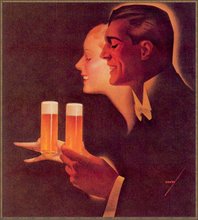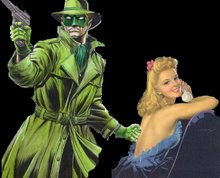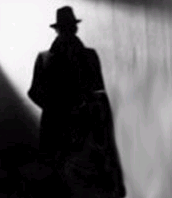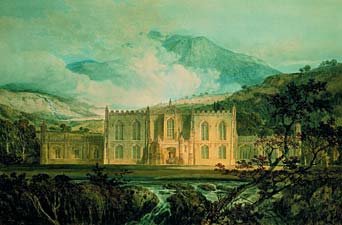 It is the year 1851, William Sheward of Norwich, 35, has killed his wife in a fit of temper. After wandering Mousehold Heath, just outside the city, he resolves to return to his house and face the music.
It is the year 1851, William Sheward of Norwich, 35, has killed his wife in a fit of temper. After wandering Mousehold Heath, just outside the city, he resolves to return to his house and face the music.Imagine his surprise, therefore, when he finds no policemen waiting for him. Only the cold, stiff body of Martha. And a thought creeps, unbidden, into the mind of the murderer. He realises that he might be able to get away with murder
He hides the body of his wife under the bed, and the next day he tells the neighbours that Martha has left him and returned to London. He's lucky, for Martha had been thinking of this, and had confided in the neighbours. The fatal row seems a good excuse, and she has not been reported as a missing person.
Sheward cuts the corpse into small pieces, and in a macabre act, he spreads them all over the city. At first the authorities believe that anatomy students are having a joke, but then it becomes obvious that all the pieces add up to a whole body. The parts are re-assembled to form a headless body. The authorities realise that they are dealing with a murder.
 But Sheward's luck holds. The body is incorrectly aged as belonging to a girl in her late teens or early twenties, not the middle-aged Martha. Soon, William Sheward is able to sleep well at nights, except for the occasional nightmare.
But Sheward's luck holds. The body is incorrectly aged as belonging to a girl in her late teens or early twenties, not the middle-aged Martha. Soon, William Sheward is able to sleep well at nights, except for the occasional nightmare.He swears off alcohol and soon becomes a successful businessman. He is able to move out of the house of death in Tabernacle street, and soon marries again. Even so, he cannot fully shake off the memory of his dreadful act.
His second marriage brings old memories back, and Sheward's health begins to suffer. Soon, his wife is wondering just what is wrong with her prosperous husband. She recommends a trip away from the city, away from his properties, away from the pressures of business.
To London.







No comments:
Post a Comment